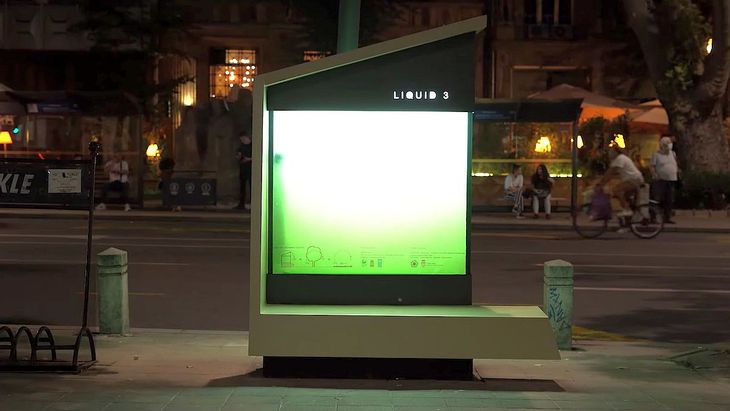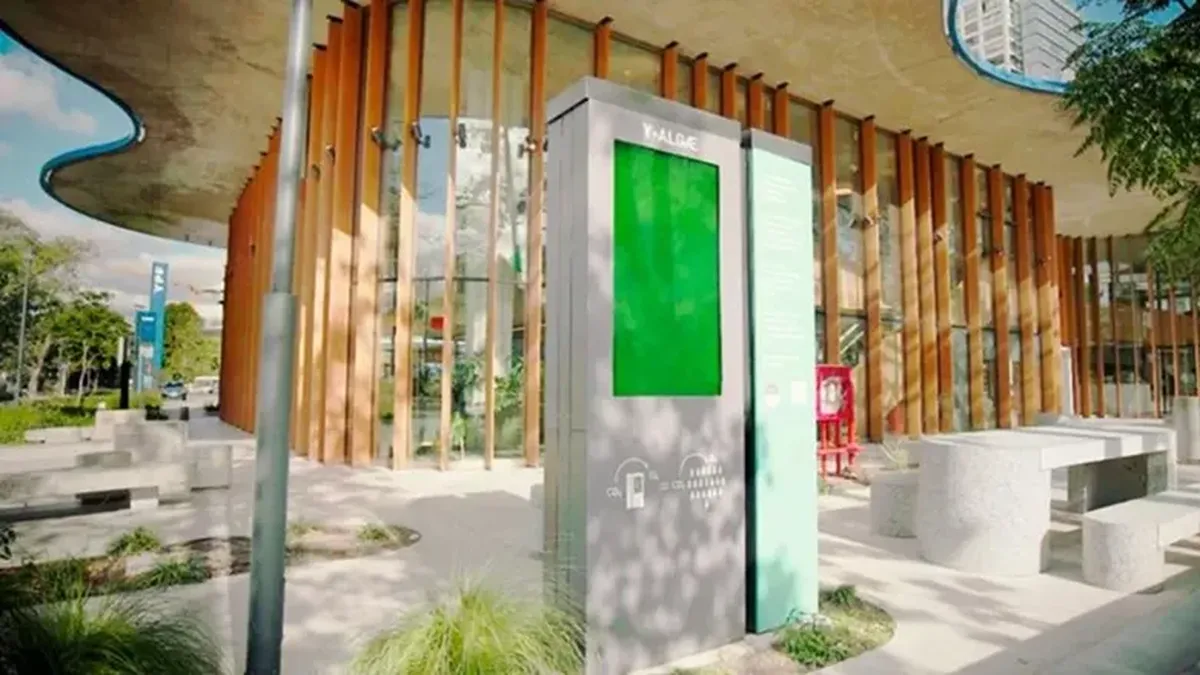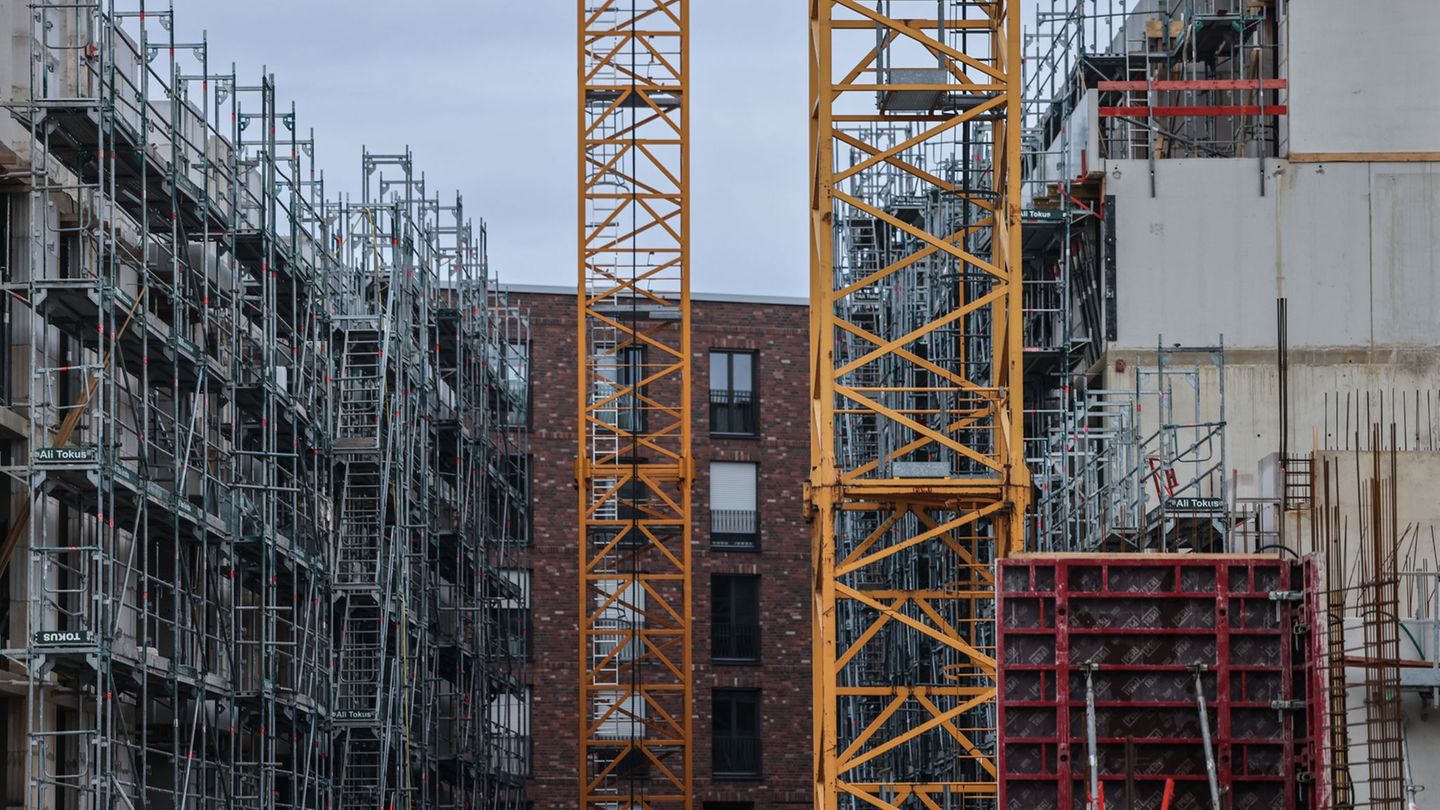Each unit of liquid tree is approximately equivalent to 20 young forest trees in its air-purifying capacity.
In a world where the climate change has become a growing concern, technological innovation is racing to find a solution. One of the most promising developments is the introduction of “liquid trees“, a revolutionary technology which seeks to improve air quality by simulating the functions of natural trees.
The content you want to access is exclusive for subscribers.
Developed by Argentine researchers, liquid trees use a combination of advanced technologies to absorb carbon dioxide and other air pollutantsThese devices are designed to capture air pollutants more efficiently and offer an effective solution to urban pollution.


Liquid Trees.jpg

How Liquid Trees Work
Liquid trees are devices that mimic the functions of traditional trees in terms of air purification. Unlike real trees, which rely on biological processes to filter the air, these devices use absorbent materials and pollutant capture technologies. They are equipped with a series of filters and liquid solutions that capture and neutralize harmful substances present in the atmosphere. Every so often, part of the module is renewed and the microalgae used in it, after a period of useful life, They serve to fertilize the land.
The active component of the device is Native microalgae from the southeast of the province of Buenos Airesmicroscopic organisms that, thanks to photosynthesis, use the energy provided by sunlight or artificial light to convert carbon dioxide into oxygen and biomass.
The importance of trees in nature
Trees play a crucial role in the environmental balance and in the health of our planet. In addition to producing oxygen and absorbing carbon dioxide, trees help regulate temperature, protect biodiversity and maintain soil quality. In cities, where green space is limited, the presence of natural trees can make a big difference in reducing air pollution and improving quality of life.
Source: Ambito
I’m a recent graduate of the University of Missouri with a degree in journalism. I started working as a news reporter for 24 Hours World about two years ago, and I’ve been writing articles ever since. My main focus is automotive news, but I’ve also written about politics, lifestyle, and entertainment.




